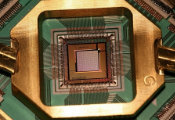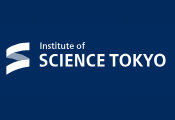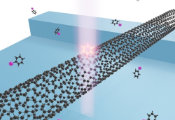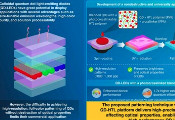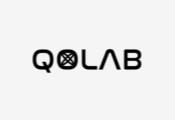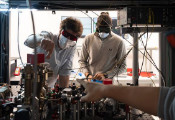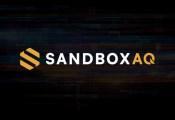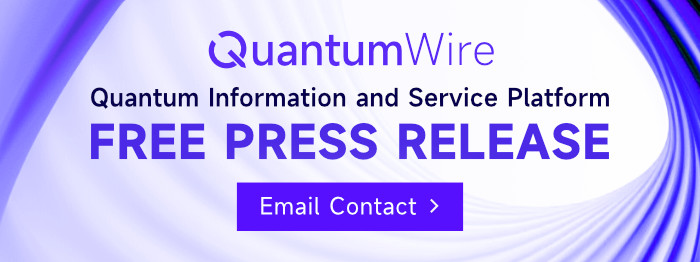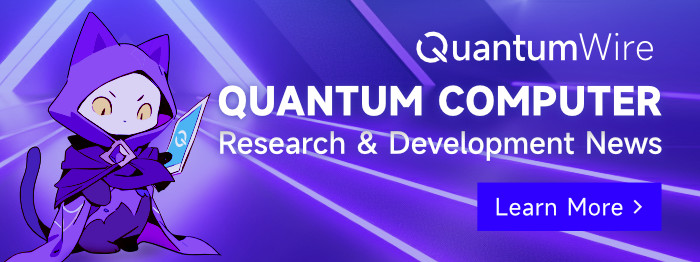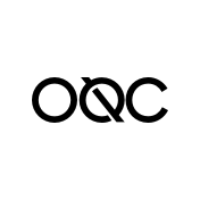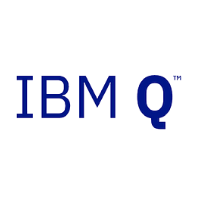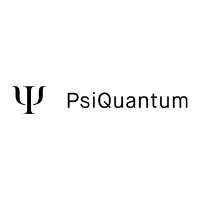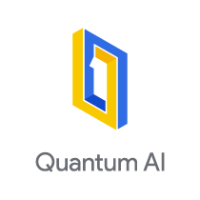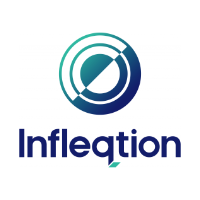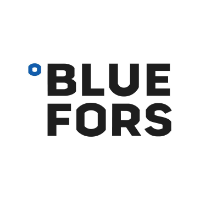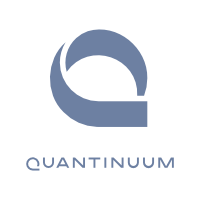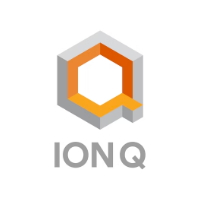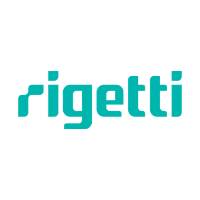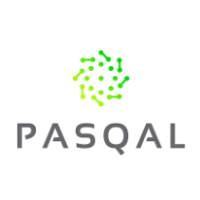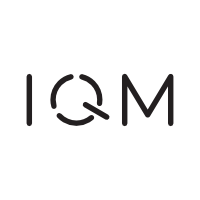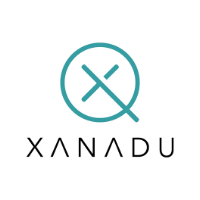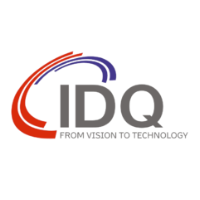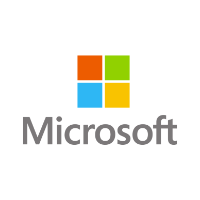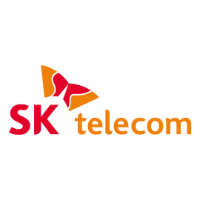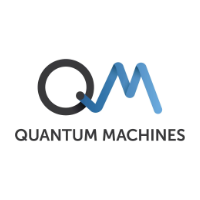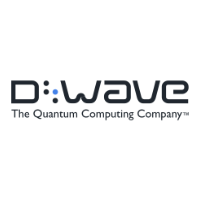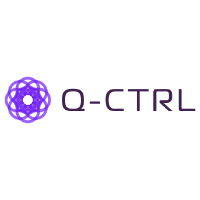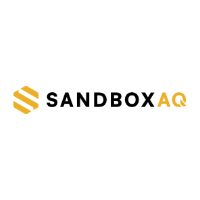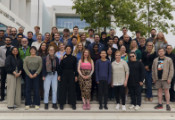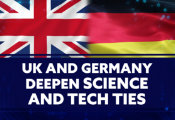New Quantum Computer With Great Potential To Boost Nordic Research and Innovation
July 17, 2025 -- EIFO and the Novo Nordisk Foundation have joined forces to create a new Nordic quantum venture in the form of a new company, QuNorth, which will house the quantum computer Magne. In this article you can find answers to key questions about the purchase of what is expected to be the world’s most powerful quantum computer when it is ready for use around the turn of 2026/27.
The Export and Investment Fund of Denmark (EIFO) and the Novo Nordisk Foundation are are investing €80 million in the establishment of the company QuNorth. The company’s main task is to procure, build and operate the world’s most powerful commercial quantum computer to date, which will be named Magne. See press release.
In 2022, the Novo Nordisk Foundation launched its largest quantum initiative to date: the Novo Nordisk Foundation Quantum Computing Programme (NQCP) and Quantum Foundry Copenhagen. The goal is to develop a so-called fault-tolerant quantum computer that, fully error-corrected, can carry out error-free calculations on even the most complex problems consistently and over a long period. The computer being developed at NQCP is labelled ‘level 3’, where Magne will be labelled ‘level 2’.
“The fault-tolerant quantum computer being developed at NQCP and elsewhere will not be fully developed and ready for use until after 2030. In the meantime, we need to further develop our skills in the quantum field, especially quantum computing, which is best done by giving the Nordic quantum ecosystem access to a strong level 2 quantum computer that can help solve a number of tasks within a few years and get us ready for the level 3 quantum computers,” says Lene Oddershede, Chief Scientific Officer, Planetary Science & Technology, at the Novo Nordisk Foundation.
“With the acquisition of Magne, we want to make the best technology currently available in quantum computing available to the Nordic ecosystem. Quantum technology is an area that we will continue to support in the Novo Nordisk Foundation, as will our investment company, Novo Holdings. In particular, we are investing in the development of a level 3 quantum computer based on European technology, and together with EIFO and others, Novo Holdings recently made its first direct investment in a quantum company, Sparrow Quantum. This is an area that we see great potential for both research and business,” explains Lene Oddershede, who answers a number of questions about QuNorth and Magne below.
Further down in the article, Scientific Director Morten Bache explains in more detail what users can expect from the quantum computer.
What are the benefits of investing in a level 2 quantum computer that is expected to be superseded by a level 3 quantum computer within five years?
“All supercomputers have a certain lifespan and will need to be replaced by better technology over time. This is also the case with quantum computers. Magne is currently set to become the world’s most powerful commercially available level 2 quantum computer when it is ready for use around the turn of the year 2026/27. Atom Computing will build and deliver quantum hardware for Magne, while Microsoft will integrate its Azure software, which will be tailored to Atom Computing’s neutral atom technology. The technology is currently considered to have the best scalability and performance among quantum technologies in the near future (3-5 years).
“This gives Danish and Nordic researchers and companies access to powerful quantum technology several years before the next generation of quantum computers, level 3, will be available. This is valuable in itself because Magne will be able to perform the most sophisticated quantum calculations to date, which could find applications in a number of areas such as health, sustainability and the financial sector. It will also have enormous value for basic research in quantum mechanical systems, as well as in new algorithms in artificial intelligence.
“Magne can also be used to develop and test the algorithms that can be used on the level 3 quantum computers being developed by NQCP and Quantum Foundry Copenhagen, among others. Magne will therefore be able to bridge the gap between two generations of quantum computers,” says Lene Oddershede.
Why were Atom Computing and Microsoft, two American companies, chosen as suppliers?
“EIFO and the Novo Nordisk Foundation have based their choice of supplier on three important criteria: The solution’s overall contribution to the Danish and Nordic quantum ecosystem, Danish and Nordic researchers’ access to the physical part of the computer, and the platform’s technological lead, strength and usability, where the last criterion is based on evaluation of published results and roadmaps.
“Atom Computing as a hardware supplier and Microsoft as a supplier of quantum software was the combination that best fulfilled these three criteria after a thorough evaluation, which is why they were chosen. Both companies are already involved in the Danish and Nordic quantum ecosystem, where Microsoft in particular has contributed through massive investments in Denmark in recent years. With the collaboration on Magne, it is our clear expectation that their involvement will grow even more.
“The suppliers of the computer parts are indeed American companies, but both Magne and QuNorth will be based in Copenhagen. Having a quantum computer physically located in Denmark is of great importance for data security, as we can guarantee that data remains in the Nordic region. Furthermore, this strong quantum computer will be a platform from which we can develop quantum competences for the benefit of Denmark, the Nordic region and Europe.
“It is important to note that Magne will be 100 per cent Danish-owned, as EIFO and the Novo Nordisk Foundation jointly own the company QuNorth, which has purchased Magne. All intellectual property and data on the computer will belong to the Danish and Nordic researchers and companies that use Magne for their projects,” emphasises Lene Oddershede.
Why is it important to purchase a quantum computer that is physically located in Denmark?
“It’s basically about ensuring stable, Nordic access to critical technology. None of the Nordic countries currently have preferential access to the latest quantum technology. The purchase of Magne will help change this.
“Magne will be one of the world’s most powerful quantum computers. This means that we will have access to unprecedented research and commercial potential that can help develop a European quantum hub in the Nordic region and work towards a global leadership position in this field. There will be access for both academia and industry, and its location in Denmark will stimulate local and regional development projects that would otherwise never be possible.
“The purchase of Magne is therefore an investment in high-tech infrastructure that will benefit Denmark, the Nordic countries and Europe. Magne is expected to be extremely sought after when it is ready for use. It is therefore important to emphasise that Magne is intended for the Nordic ecosystem, which via QuNorth will have access to the computer on very attractive terms,” concludes Lene Oddershede.
First commercially available quantum computer of its kind
As Magne is a level 2 quantum computer, it has a range of applications far beyond the level 1 computers currently available.
“We expect Magne to be the first commercially available level 2 quantum computer when it is completed and ready for use at the turn of 2026/27. This means that Magne will be the first commercially available quantum computer where many physical qubits, which are the quantum computer’s equivalent of bits, work together to form the more stable logical qubits through error correction algorithms,” explains Morten Bache, Scientific Director at the Novo Nordisk Foundation.
There are already several companies offering commercial access to quantum computers. What makes Magne special?
“There are indeed several commercially available quantum computers, but they are all level 1 and compute directly using physical qubits, which can only be used for simple calculations. Logical qubits, which characterise level 2 quantum computers, are the result of a larger orchestration process that observes and corrects for errors that occur during the quantum circuit. The improved logic qubits are then used instead for the calculations in the quantum circuit. This happens in large, complex error correction algorithms.
“Therefore, level 2 quantum computers are much more advanced technology than level 1 quantum computers. Today, logic qubits are just good enough to outperform level 1 quantum computers. That difference will only become clearer as scientists and engineers develop this advanced technology together. When Magne is commissioned around the turn of the year 2026/27, it is expected to be one of the world’s most powerful quantum computers,” says Morten Bache.
Magne utilises Microsoft’s Azure software. What does this mean for users?
“It will require an Azure account to log in and start work tasks on Magne. The logical qubits will be managed through Azure, a deeply integrated interaction between software and hardware that Atom Computing and Microsoft have developed over several years. Azure will also offer different workflows controlled by Copilot, artificial intelligence, and the latest developments in this area when Magne is ready around the turn of 2026/27.
“It is important to emphasise that there will also be options for users who prefer other operating systems, compilers or software solutions, for example under open source. Among other things, it will be possible to directly access the lowest code layer that Atom Computing uses to control qubits. This allows users to use the physical qubits directly, without creating logical qubits, or to create their own error correction algorithms to test new types of logical qubits that are not included in the Azure package. This will allow experts to test and benchmark different scenarios,” says Morten Bache.
What specific tasks will the Magne quantum computer be used for?
“With Magne, researchers will be able to start modelling certain important quantum chemical problems in interaction with traditional supercomputers. This area is developing rapidly and will be of great importance in the research and development of new materials for the green transition, for example for power-to-X or for new types of sustainable batteries. It can also help us better understand critical aspects of global warming, such as how light and small molecules interact in the atmosphere, including in ozone depletion.
“Magne will also be able to solve various quantum chemical problems in biological systems. For example, details about how proteins and enzymes work, which are important steps towards developing better drugs and understanding how we can copy nature’s efficient way of doing chemistry,” explains Morten Bache, who mentions the following specific areas where Magne can help provide better insight: DNA damage in cells during chemotherapy; regulation of antioxidants in blood; the role of proteins in disease progression and during treatment with a drug; the interaction between light and biomolecular systems; simulation of the active part of enzymes.
“Magne will also help solve complex optimisation problems. In industry, for example, it can be used for route optimisation and supply chain planning,” adds Morten Bache.
What types of companies is Magne most relevant for?
“There are two types of companies that can use Magne in different ways: companies working with quantum technology and the end users of the calculations that Magne can make.
“The first group of users could be companies in quantum software, quantum control systems, quantum control electronics and other component suppliers. Magne is a complete full-stack quantum computer. This means that it consists not only of the hardware containing the qubits, but also algorithms, software, an operating system, compiler and control electronics. A unique aspect of the collaboration with Atom Computing and Microsoft is that Magne will have access to develop different parts of the quantum computer stack. This enables researchers and entrepreneurs from different parts of the technology chain to collaborate on developing the emerging technologies that are needed to realise a next-level fault-tolerant quantum computer.
“Magne’s end users include large industrial companies and banks, as well as consultancies, startups and other smaller artificial intelligence companies that are keen to try out quantum algorithms. Magne will be a large, powerful quantum computer that can perform increasingly sophisticated quantum calculations. When Microsoft delivers a customised and user-friendly software layer and ensures that Magne is integrated with powerful traditional supercomputers in the cloud, it will greatly benefit users who want to start using a quantum computer to solve complex tasks in new areas. Because of its user-friendliness, Magne will therefore be able to build an important bridge between the technological push and the user-driven pull,” concludes Morten Bache.

